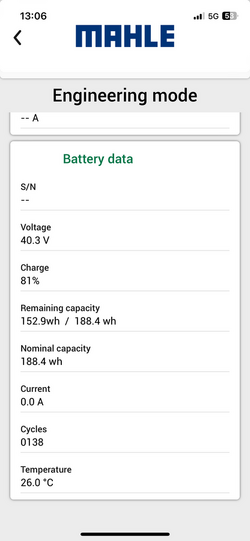N0bodyOfTheGoat
Über Member
- Location
- Hampshire, UK
I don't know anything about e-bikes but 16mph (nearly 26 km/h) strikes me as awfully fast.
Edit. Ignore me. I'm completely failing to appreciate the significance of the 15mph cut-off in all this. But I don't quite know what that significance is.
UK road legal ebikes attempt to give you motor assistance up to 25kph (~15.5mph).
How successful they are depends on factors like the Watts assistance amount (max 250W average over 30mins); wind direction and strength; how steep the road is; the combined weight of the rider and ebike; how much effort (Watts) the rider is putting out (some motor systems scale assist by pedalling torque, others by pedalling cadence).
Once you reach the motor cutoff speed, you're effectively riding a very heavy bike typically 15-30Kg, compared to a 7-9Kg racing snake road bike.
So someone ~70Kg on a 15Kg ebike could quite easily do ~140W, get 250W assistance in turbo and so be effectively riding at ~4.6W/Kg... Allowing them to ride steeper gradients at close to 15.5mph than a heavy rider like me at 93Kg.
But as soon as they go faster than ~15.5mph up a steady incline, they need to generate that 390W themselves to maintain speed.
A 70Kg rider on an ebike needs to generate more Watts above 15.5mph on a slope than a 70Kg rider on a light road bike, to produce the same effective W/Kg.
When riders don't suddenly ramp up their own power output as they approach and exceed the motor cutoff speed, when using high assistance levels, you get this very weird feeling like the brakes have been activated.


 I still haven't quite reached the stage of needing an ebike, it was an experiment to see what difference one would make so I would rather ride it according to its quoted spec and bitch about those specs being imaginative.
I still haven't quite reached the stage of needing an ebike, it was an experiment to see what difference one would make so I would rather ride it according to its quoted spec and bitch about those specs being imaginative.
